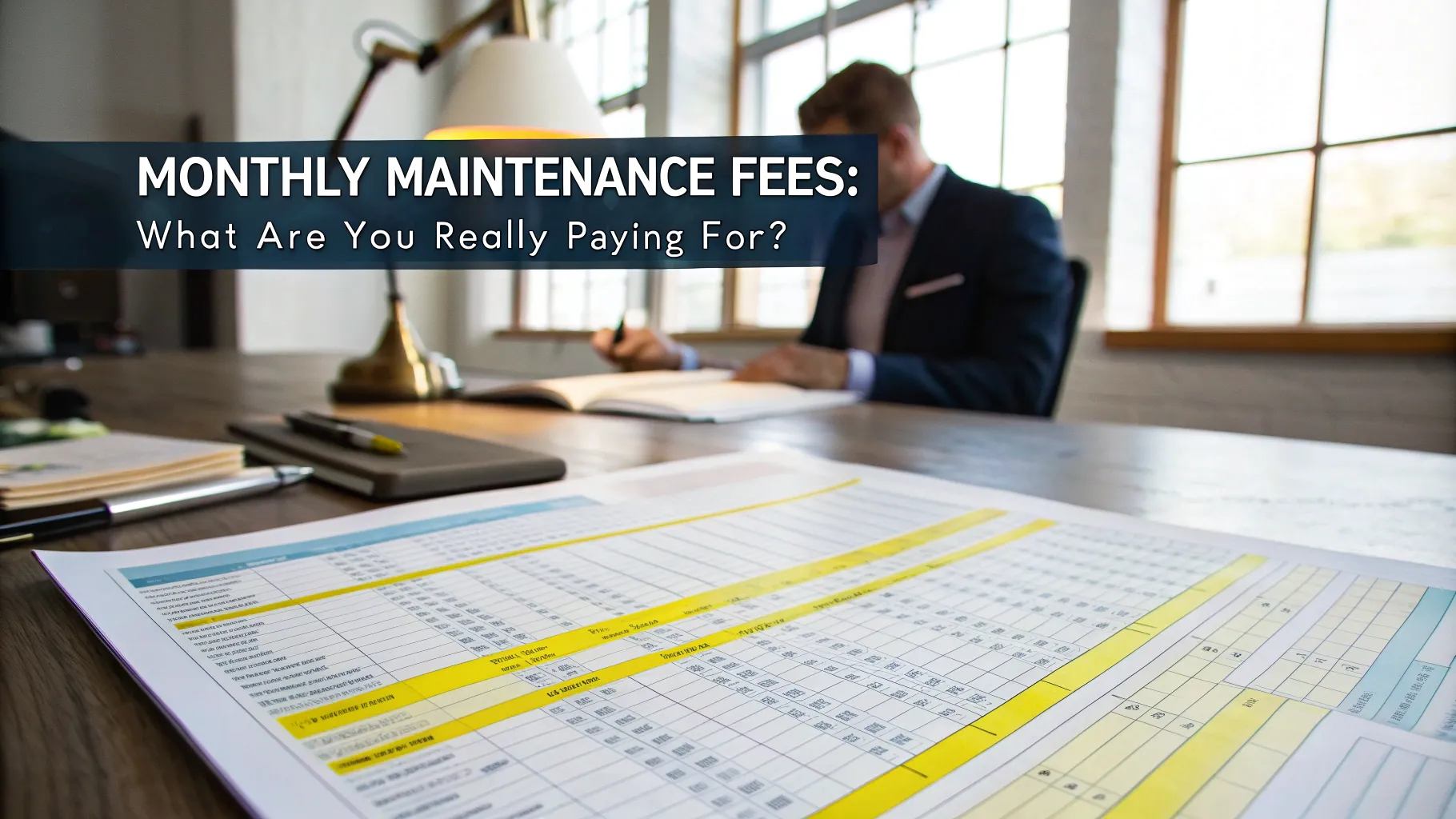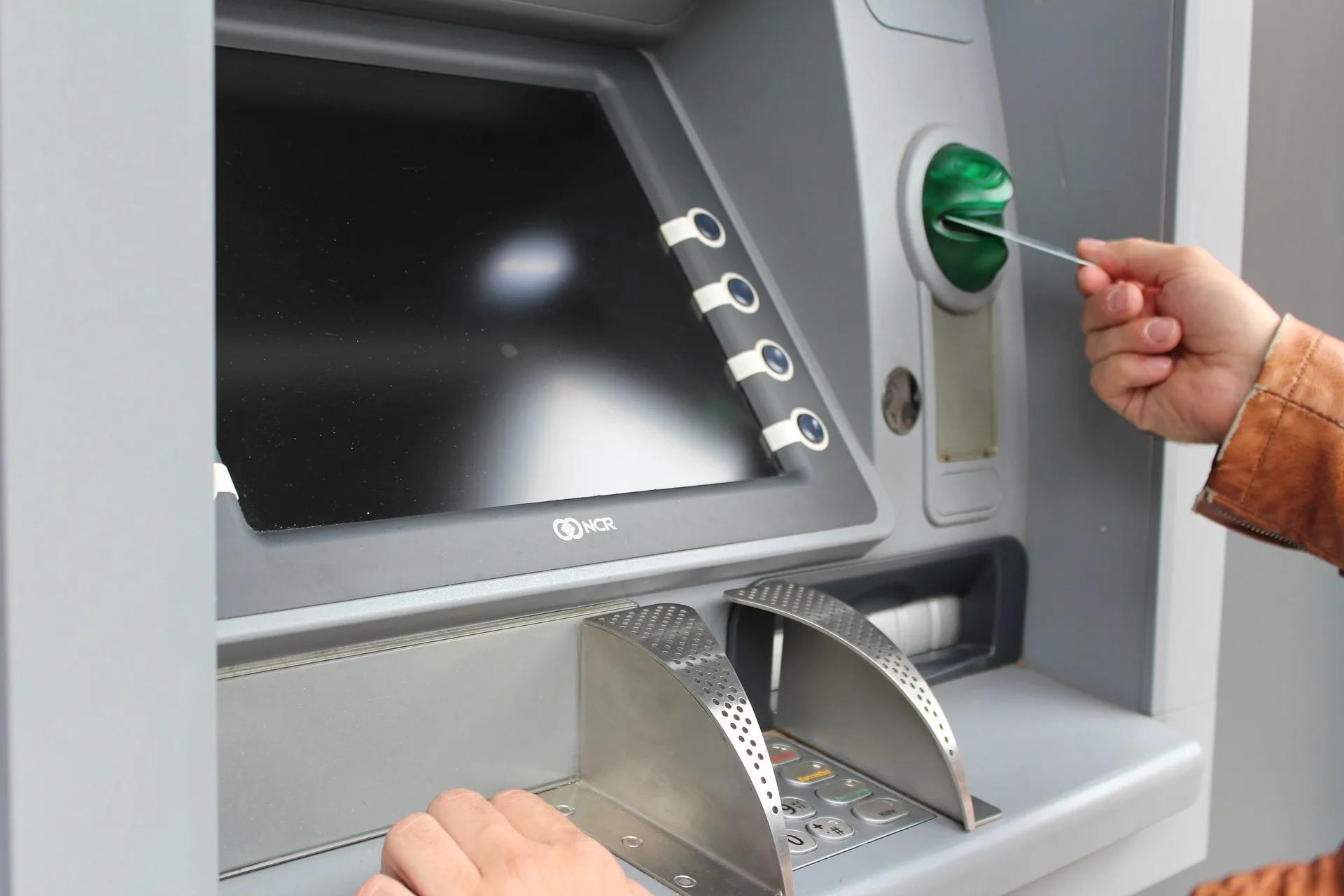Switching bank accounts may seem daunting, but with the right plan, it can be smooth and stress-free. Whether you’re seeking better features, lower fees, or simply moving to a bank that aligns with your lifestyle, this guide will walk you through the process step by step.
Why Switch Bank Accounts?
If you’re still on the fence about changing banks, here are some common reasons people make the switch:
- High Fees: Many banks charge monthly maintenance fees, transaction fees, or ATM fees. A no-fee account could save you hundreds annually.
- Better Perks: Cashback programs, travel rewards, and higher interest rates on savings are just some of the benefits available with newer accounts.
- Improved Access: Moving to a bank with an intuitive mobile app, more ATMs, or better branch locations can simplify daily banking tasks.
- Aligning with Values: Ethical banking is on the rise. Switching to a bank that aligns with your values, like supporting local businesses or environmental sustainability, might resonate with you.
Still unsure if it’s time to switch? Check out our post on choosing the right bank account to weigh your options better.
Preparing to Switch: What You Need to Know
Preparation is key when switching bank accounts. Here’s what you should consider:
Understand Your Current Account
Before closing your existing account, review your current banking terms. Are there penalties for early closure? Do you need to maintain a minimum balance to avoid fees?
Identify Your Needs
Ask yourself what you want in a new account. Are you looking for:
- No monthly fees?
- Higher savings rates?
- Integrated budgeting tools?
Take a moment to compare banks. Our article on digital vs. traditional banks provides a great starting point for this evaluation.
Steps to Switch Bank Accounts
Now that you’re ready, follow these steps for a smooth transition.
1. Research Your Options
With dozens of banks and credit unions in Canada, you have plenty of choices. Consider these questions during your search:
- Does the account charge monthly fees?
- What benefits are offered (e.g., cashback, travel points)?
- How accessible is customer service?
Use online resources or visit a comparison website to narrow your options.
2. Open Your New Account
Once you’ve made your decision, gather the necessary documents. These typically include:
- Government-issued ID (driver’s licence, passport)
- Proof of address (utility bill, lease agreement)
- Social Insurance Number (SIN) for tax purposes
Most banks allow you to open an account online, making it easy to get started.
For tips on setting up an account, see our guide on how to set up your first Canadian bank account.
3. Transfer Direct Deposits and Pre-Authorized Payments
Updating your automatic transactions is a critical step. Use this checklist to stay organized:
- Inform your employer of your new banking details for direct deposit.
- Update billing information for utilities, credit cards, and subscriptions like Netflix or Spotify.
- Contact any lenders to switch your payment information.
4. Move Your Funds
To avoid missed payments, leave enough money in your old account to cover pending transactions. Then, transfer your remaining balance to the new account.
5. Monitor Both Accounts
Keep both accounts active for at least a month. This overlap ensures you catch any forgotten payments or deposits.
Tips for a Stress-Free Transition
Switching accounts doesn’t have to disrupt your routine. Here are some tips to make it easier:
1. Plan Ahead
Timing is everything. Avoid switching during periods with high financial activity, such as tax season or holiday shopping.
2. Use Banking Alerts
Set up notifications in your new account to monitor activity and avoid overdrafts or missed payments.
3. Read the Fine Print
Understand the terms of your new account, including any promotional requirements. For instance, some banks offer sign-up bonuses that require maintaining a minimum balance.
Learn more about bank account fees and how to minimize them to avoid surprises.
FAQs About Switching Bank Accounts
1. How long does it take to switch accounts?
The process usually takes 1-2 weeks, depending on how quickly you update your direct deposits and payments.
2. Can I switch accounts if I have an overdraft?
Yes, but you’ll need to clear the overdraft balance or negotiate with your old bank.
3. Will switching banks affect my credit score?
No, switching bank accounts won’t directly impact your credit score. However, missed payments during the transition could.
4. Can I keep both accounts?
Yes, there’s no rule against having multiple bank accounts. Some people keep their old account open for redundancy or specific features.
Benefits of Switching Bank Accounts
Switching accounts is more than a hassle—it’s an opportunity to improve your financial health. Here’s what you could gain:
- Save Money: No-fee accounts eliminate unnecessary charges.
- Earn Rewards: Take advantage of cashback or travel perks.
- Increase Efficiency: Enjoy modern tools like budgeting apps and automatic savings features.
When Not to Switch Accounts
While switching accounts has many benefits, there are times when it might not be the best move:
- Pending Loans: If your bank account is tied to an active loan, ensure there are no restrictions.
- Complex Transactions: Businesses or individuals with multiple pre-authorized debits should prepare extensively to avoid disruptions.
Switching bank accounts can feel overwhelming, but it doesn’t have to be. With careful planning and the right resources, you can simplify the process and enjoy the benefits of a new banking experience. Whether you’re seeking no-fee accounts, better rewards, or improved convenience, the effort is well worth it.
Remember to take your time and double-check every detail. Switching accounts is a financial fresh start—make it count!
I have 13 years of experience in customer service at one of Brazil’s largest banks, including 5 years as a general branch manager. I am a specialist in banking products and services with a proven track record in team leadership and business development. I am also a holder of Brazilian certifications CPA-10 and CPA-20.



